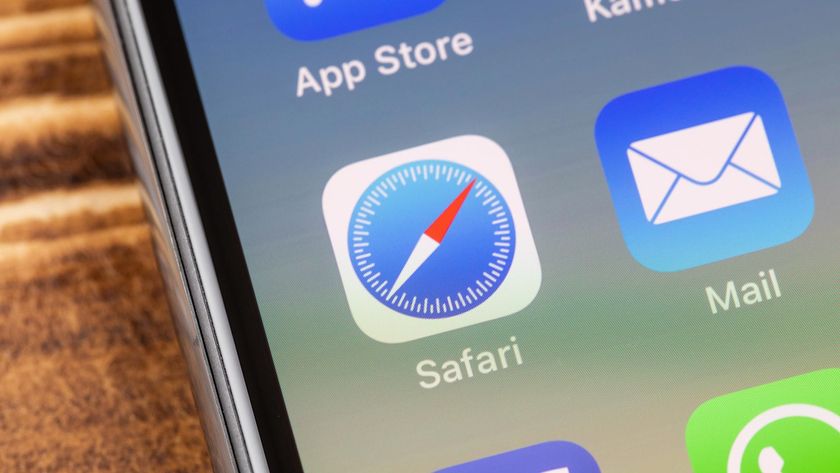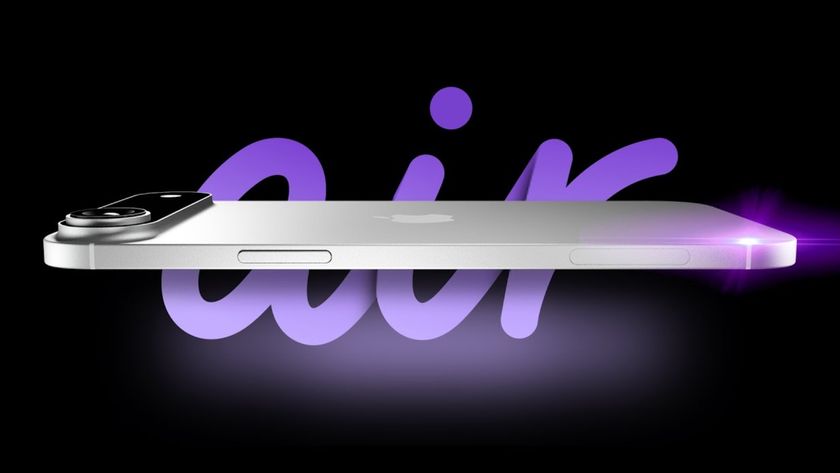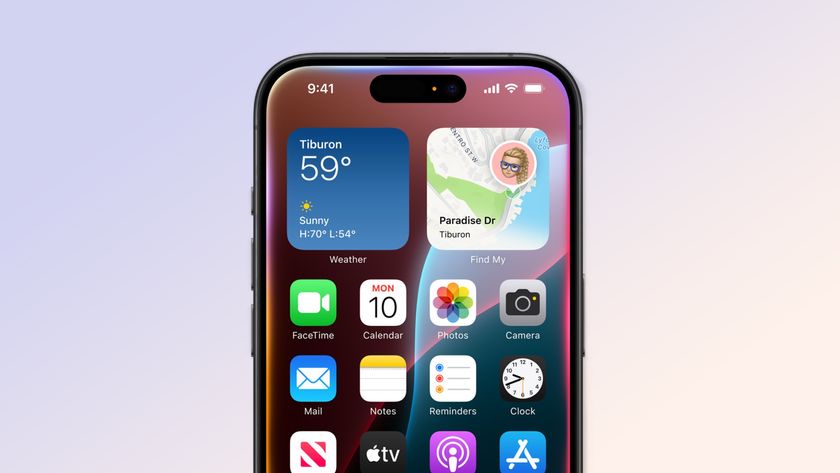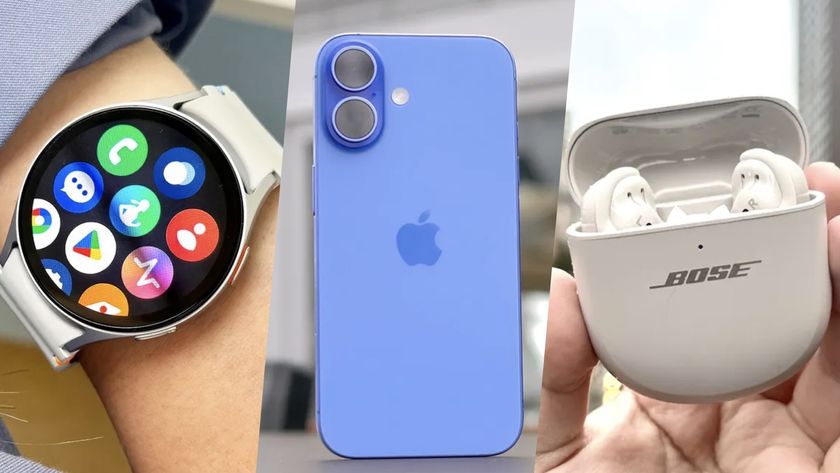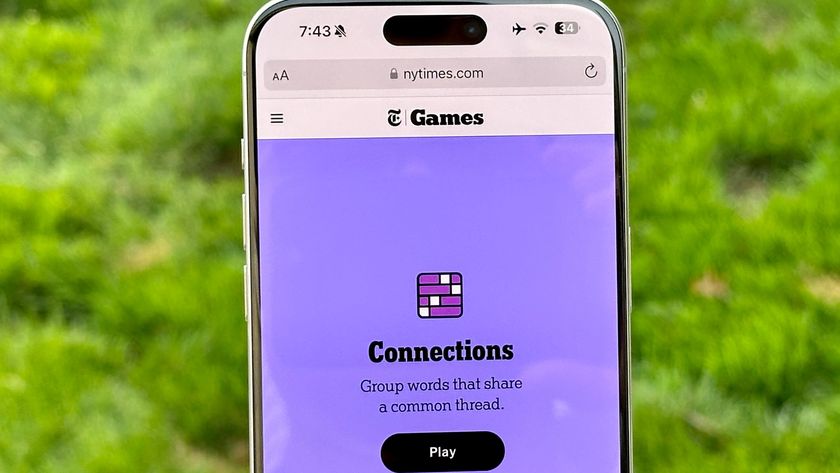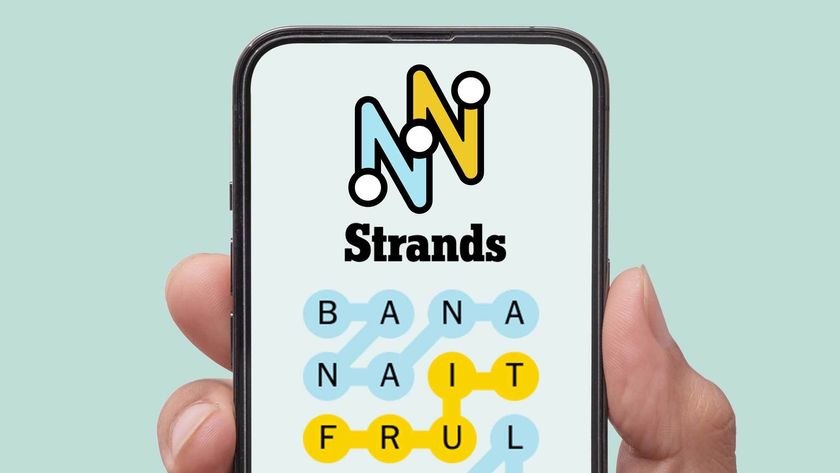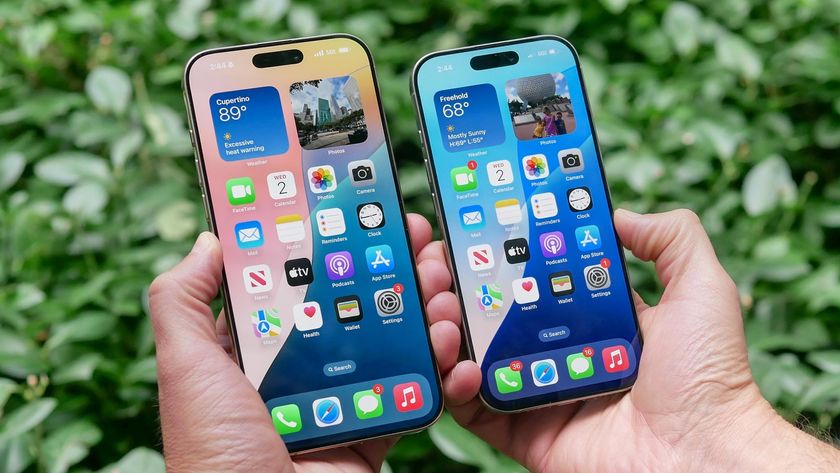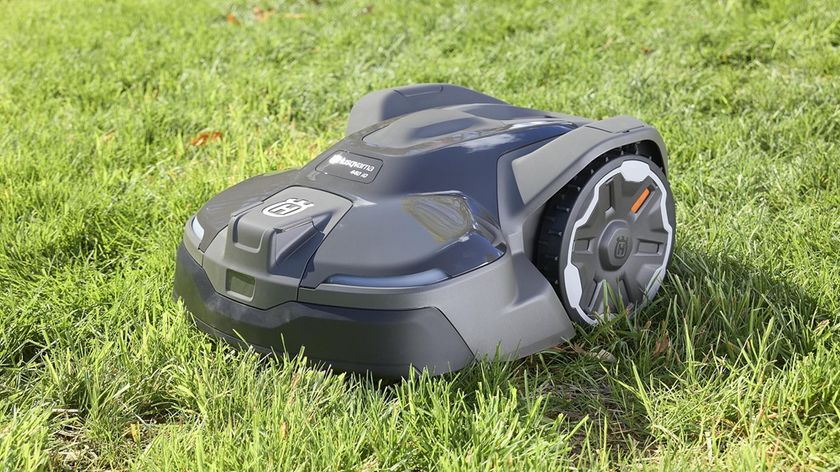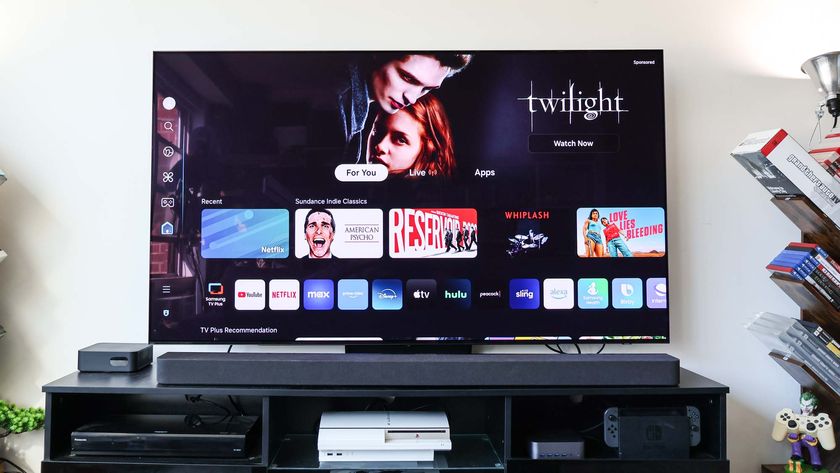Your next iPhone could save your life — even without a cell signal
Will it become a new standard?
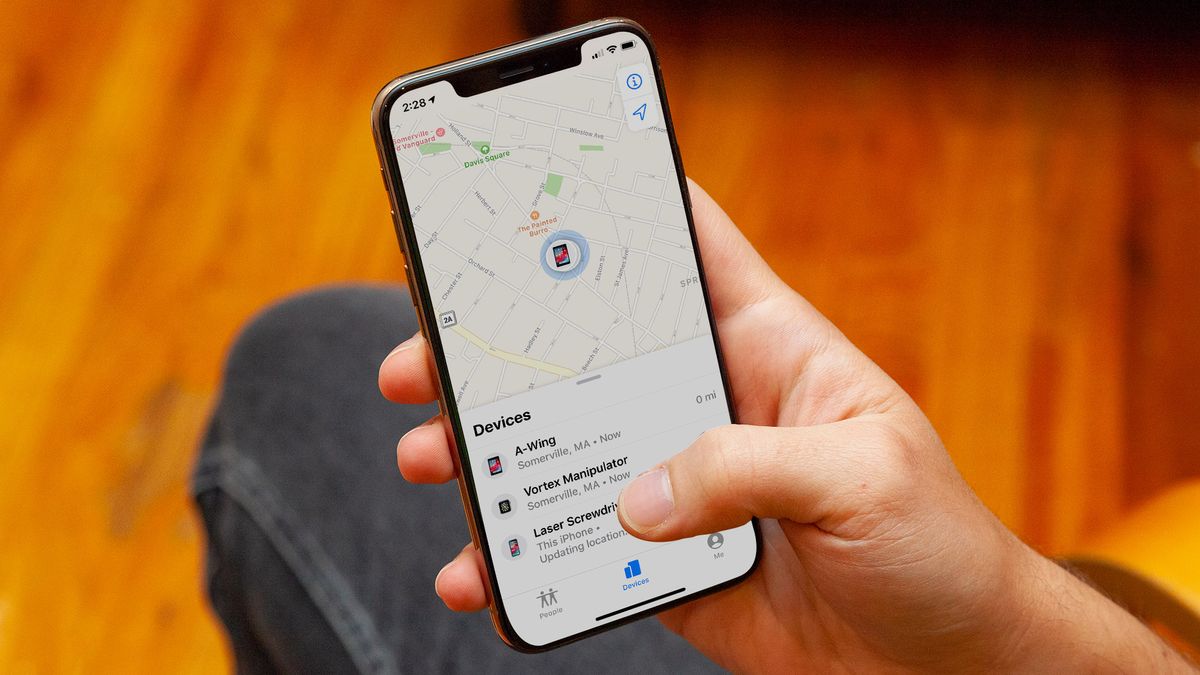
Apple may save your life one day — even if you are using an Android phone. That's if the industry adopts its newly patented “emergency beacon” standard.
Apple Insider found the patent #20200015169 in the United States Patent and Trademark Office’s public record under the title "Enhanced Emergency Beacon Sending Procedure" as applicable to “mobile electronic devices may take the form of smart phones or tablets that a user typically carries."
The idea is to enable phones or any other electronic device with a radio system to go into a mode called Emergency Power Save Mode. Under this mode, the phone will be able to transmit a distress signal even if there is no cellular coverage.
According to the patent description, the document describes the techniques necessary to enter into EPSM. Once the user has activated the mode — or the device has detected an event, like a fall, much like the Apple Watch does — the device will start broadcasting an emergency beacon signal.
Here’s one example described in the patent.
"For example, a user may become lost or injured while hiking and may use an emergency beacon broadcast feature to notify other users or base stations in the area... and as described in greater detail below, the emergency beacon broadcast feature may operate as an off-grid radio service (OGRS) when the [device] does not have an active connection to a base station or other wireless access point."
Even if the device is not connected to a cell network, other phones and devices that come within its transmission perimeter will be able to pick up the signal, alerting the owner of that device and further amplifying the reach of the emergency signal.
Sign up to get the BEST of Tom's Guide direct to your inbox.
Get instant access to breaking news, the hottest reviews, great deals and helpful tips.
The device may also go into an extreme power saving mode, turning off the display and any unnecessary components to maximize the duration of the battery, increasing the chances of being found by a search and rescue team. As Apple describes it, “it may be desirable for the [device] to be able to broadcast emergency beacons over an extended period of time, to increase the likelihood of a successful reception of the broadcast."
Lastly, the patent describes how the device will also be able to give sound or haptic feedback to the user, indicating that the mode has activated and it’s transmitting the distress signal to whoever can receive it.
What’s interesting about this is that Apple is not only talking about iPhones or other Apple devices, but any device, including Android-based phones, tablets, watches or any other gadget that has a CPU and some kind of radio-based connectivity.
It sounds like this could be an standard that is worth pursuing for the safety of all of us.
Jesus Diaz founded the new Sploid for Gawker Media after seven years working at Gizmodo, where he helmed the lost-in-a-bar iPhone 4 story and wrote old angry man rants, among other things. He's a creative director, screenwriter, and producer at The Magic Sauce, and currently writes for Fast Company and Tom's Guide.
